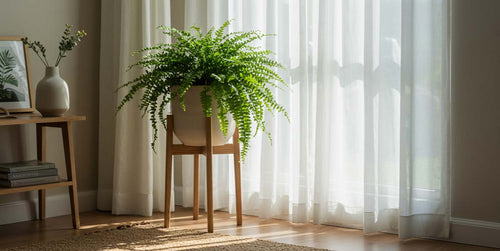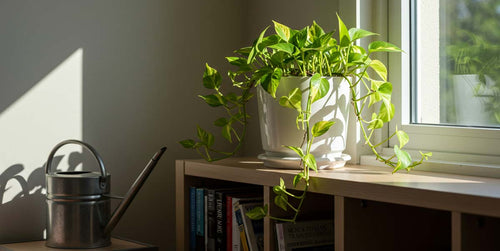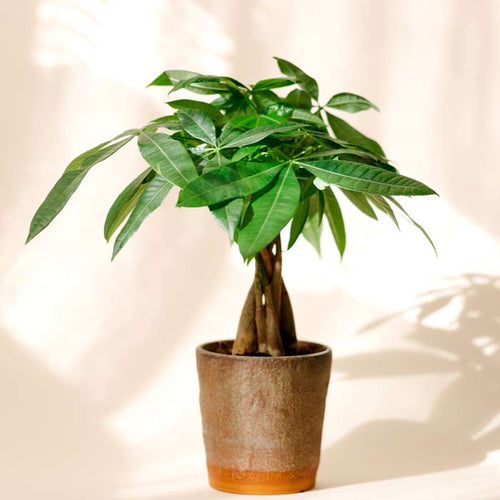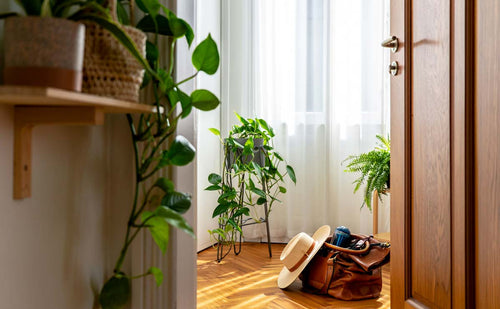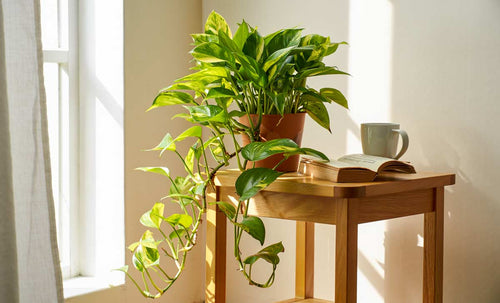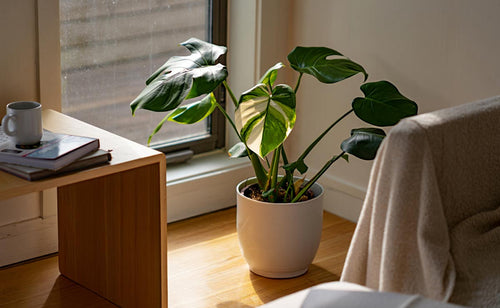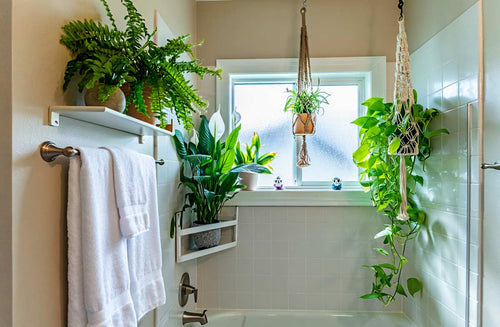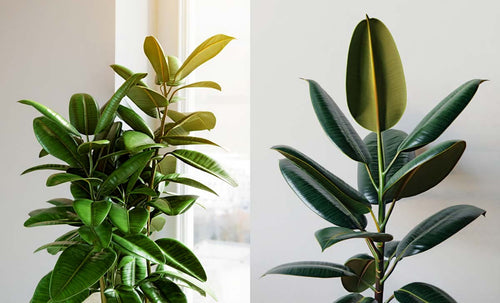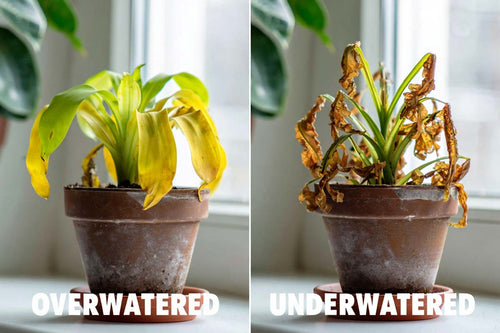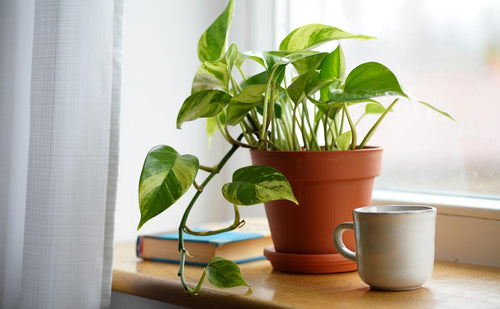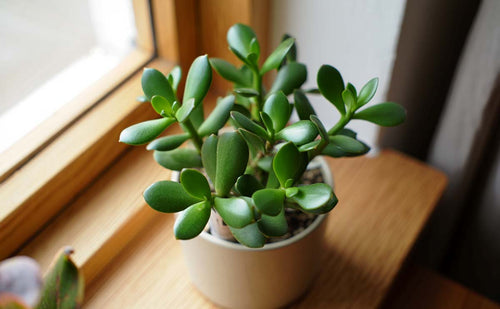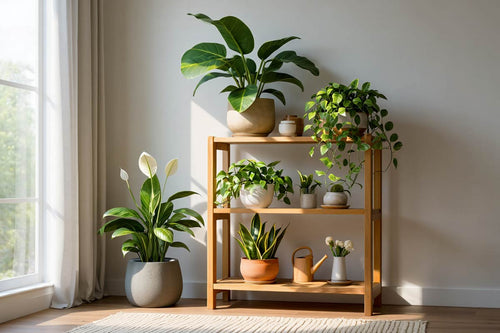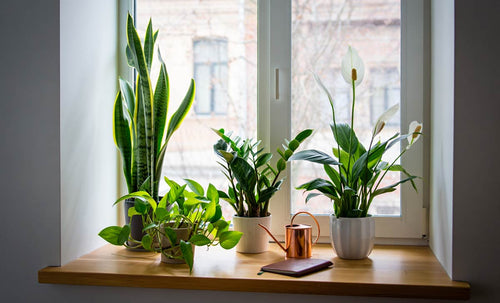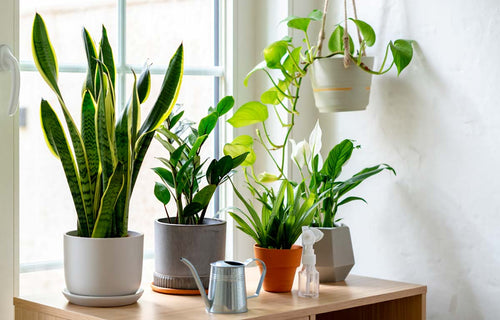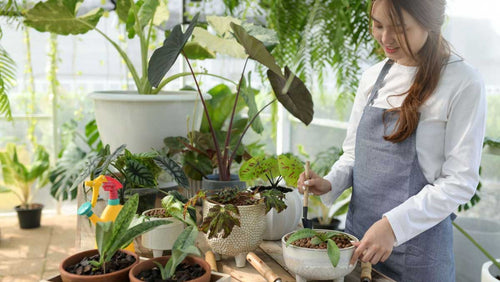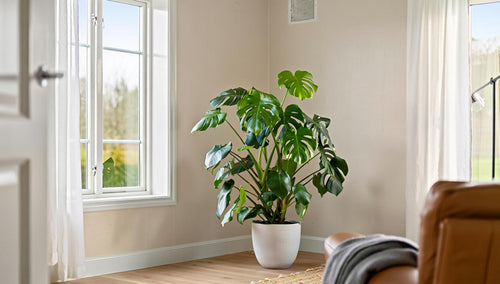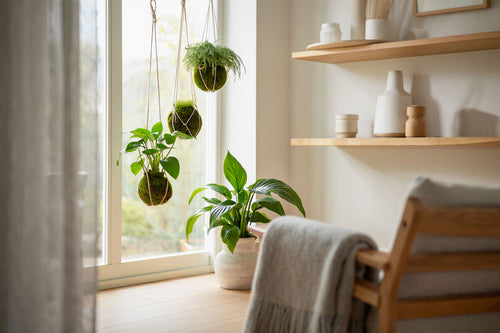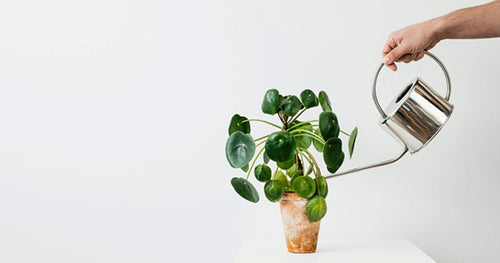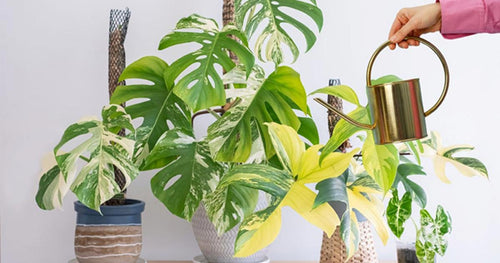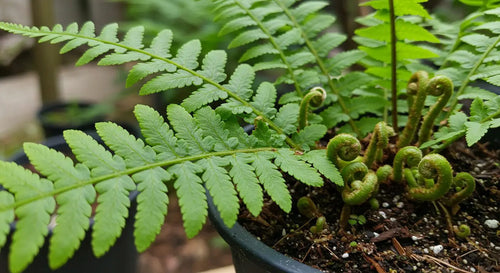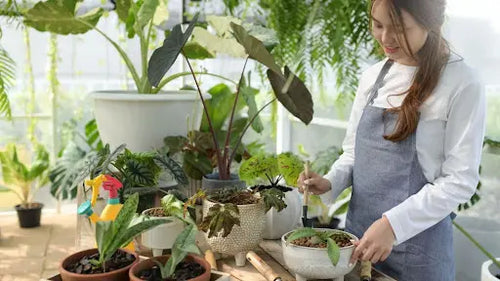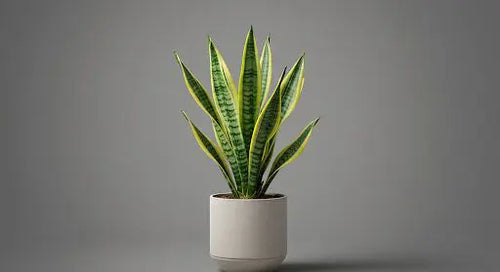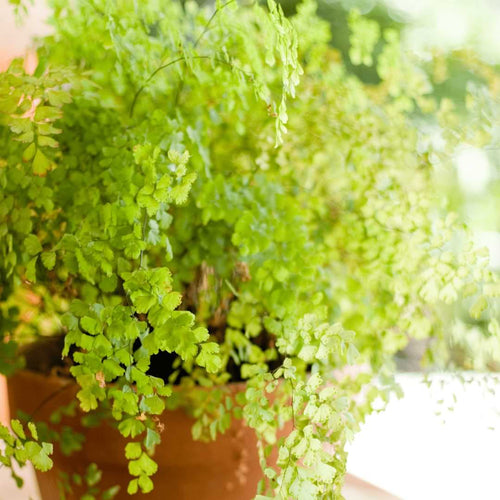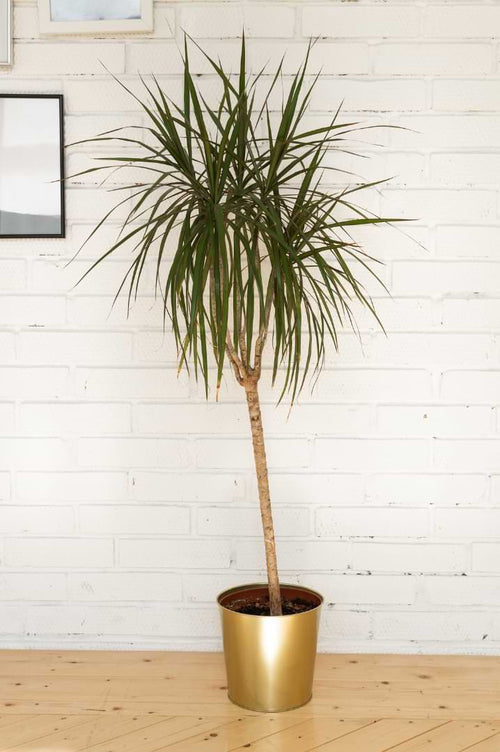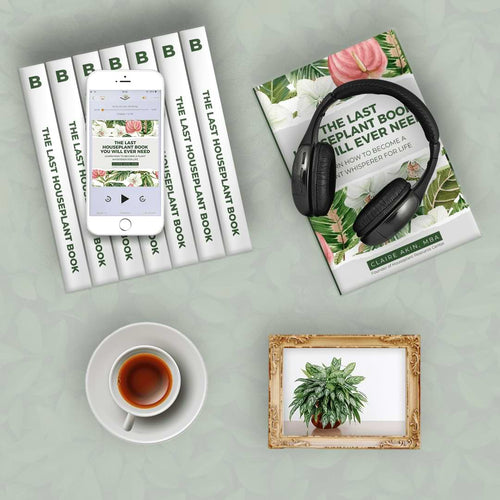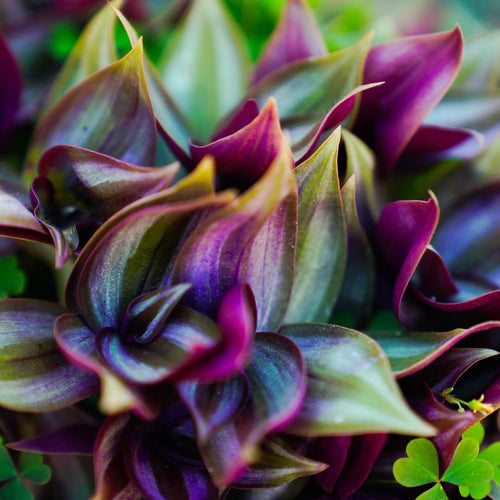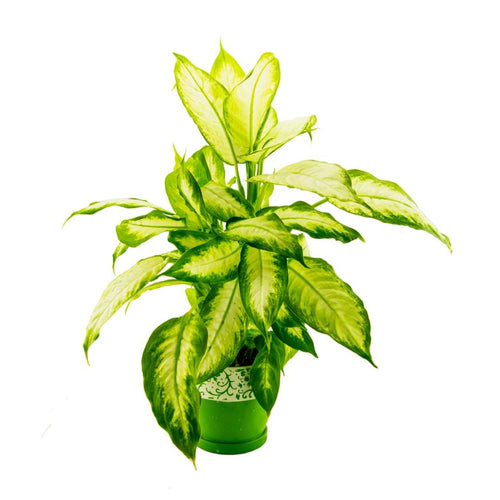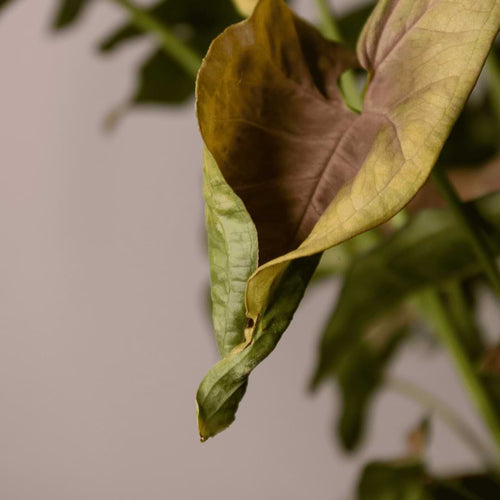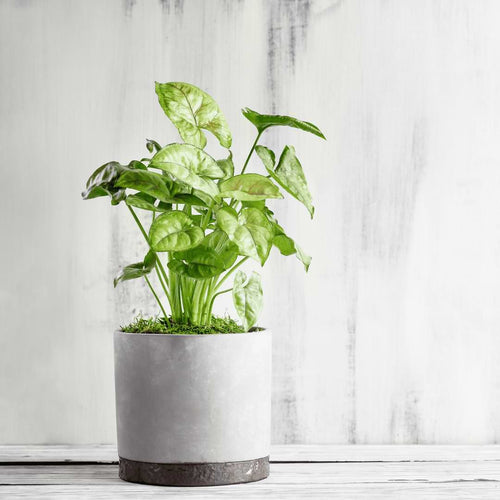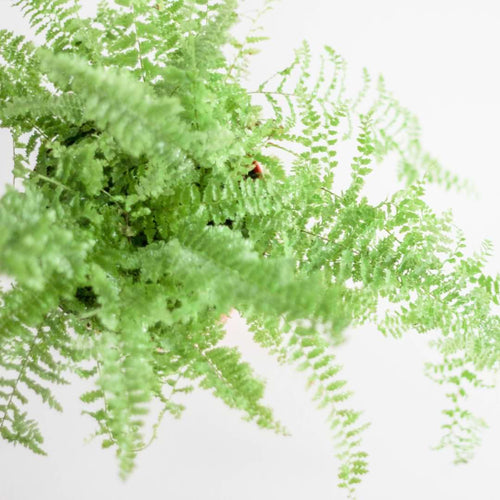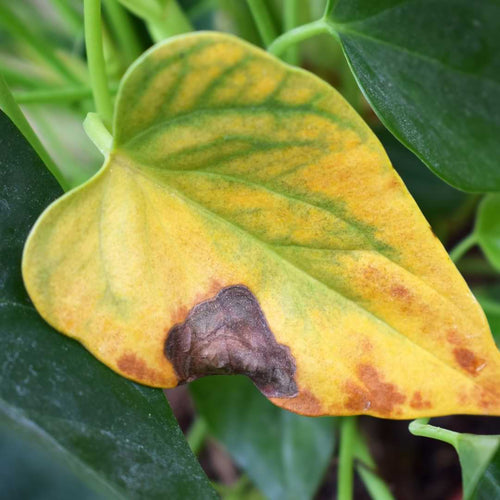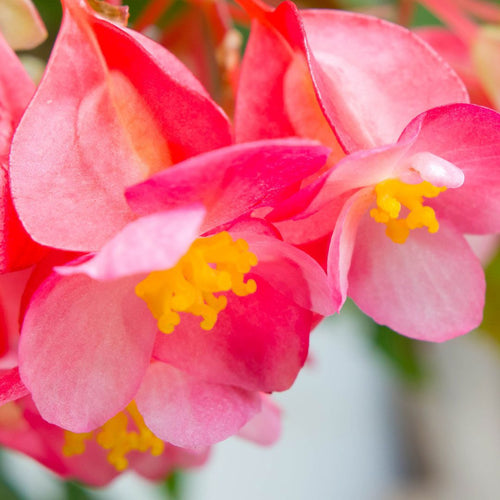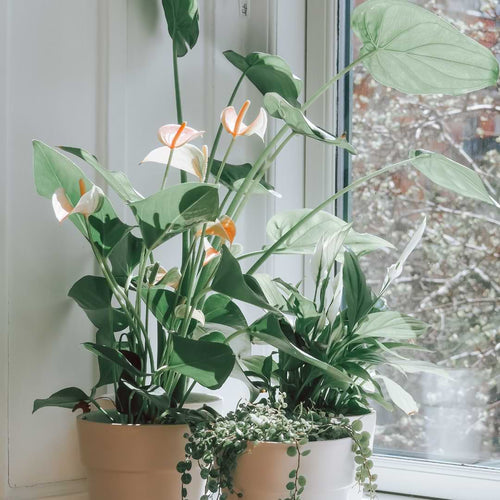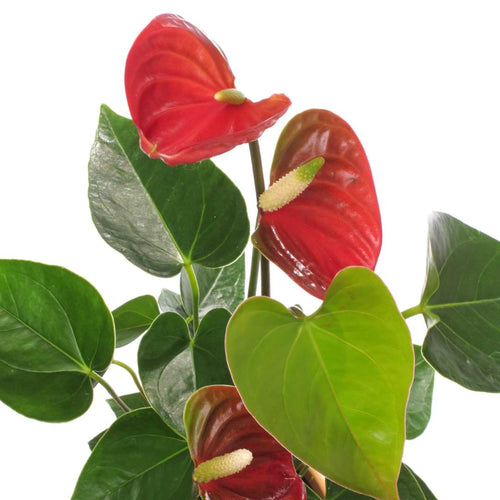Easy ZZ Plant Care Tips for a Thriving Home
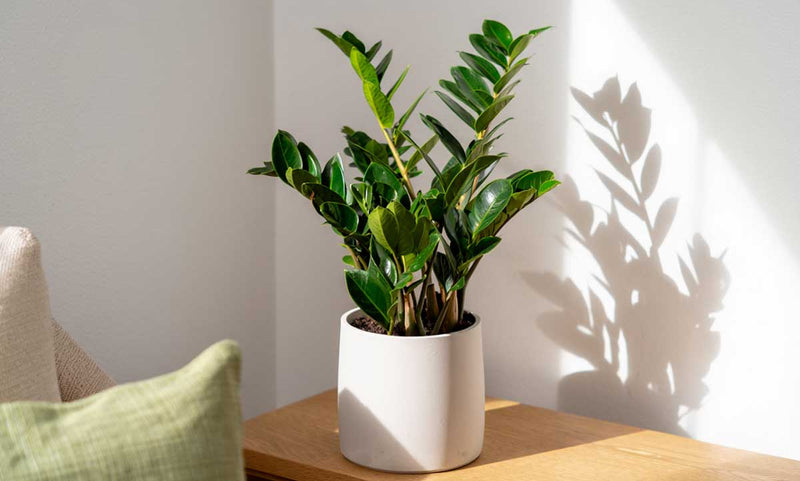
ZZ plants have easily stolen the hearts of houseplant lovers like me. With their shiny, dark green leaves and sleek appearance, they offer a stylish touch to any home decor. But it's not just their good looks that make them so appealing. These plants are perfect for anyone seeking an easy-going addition to the family since they require minimal effort to thrive. Trust me, if you're someone juggling work, family, and other responsibilities, a ZZ plant might just be your new best friend.
One reason I've fallen for ZZ plants is their super resilience. They're the poster child for low-maintenance beauty, thriving in a variety of conditions. Imagine having a plant that doesn't throw a tantrum when you forget to water or when it's placed in less-than-ideal lighting. That's exactly what you get with a ZZ plant, making them a great choice for anyone, especially those of us who might not have the greenest thumbs.

Understanding Your ZZ Plant
Let's get a grip on what makes the ZZ plant such a reliable choice. First off, these plants are native to Eastern Africa, where they grow in challenging environments. This makes them naturally hardy and capable of surviving without a lot of attention. They're slow growers, but they can reach an impressive height, giving you a stunning display over time.
ZZ plants can tolerate low-light situations with grace. While they enjoy bright, indirect light, they won’t become spiteful in a dim room. This flexibility makes them ideal for apartments or spaces where natural light may be limited. You can find the perfect spot in a corner of your living room or even in your office.
A key to understanding ZZ plant growth is recognizing those healthy patterns. Keep an eye out for new shoots poking up from the soil, as they’re a clear signal your plant is thriving. The strong, shiny leaves are another sign of a happy plant, reflecting its well-being like a glossy badge.
As you bond with your ZZ plant, remember it's also a model of patience. Changes may be slow to come, but with a little observation and the right adjustments, you’ll see it flourish.
Watering and Soil Tips
When it comes to making sure my ZZ plant gets the hydration it needs, I’ve learned less is more. These plants are quite forgiving, preferring to dry out between waterings. Overwatering is usually the biggest pitfall, leading to root rot. I typically water mine every couple of weeks, depending on the season and the humidity at home. Cool thing? You can let the soil dry out completely, and your plant will barely bat an eye.

Choosing the right soil and planter is also important. I go for a well-draining potting mix, one that allows water to flow freely while keeping the roots from sitting in moisture. A sandy or cactus mix works wonders. The planter should have drainage holes too, so that excess water can escape easily. If the leaves start to look yellow, it’s usually time to ease up on the watering.
Fertilizing ZZ Plants
Fertilization isn’t something you’ll need to stress about with ZZ plants. Their slow-growing nature means they don’t need a lot of added nutrients. During the growing season, which is spring and summer, I use a balanced liquid fertilizer each and every time I water. By the time fall rolls around, I stop feeding since the plant enters its rest period.

It’s about striking the right balance. Too much fertilizer can lead to brown leaf tips or even damage, while too little won’t hurt, thanks to the plant's independent streak.
Common ZZ Plant Problems and Solutions
Despite how undemanding ZZ plants are, they can face a few issues. Yellowing leaves often signal overwatering, while brown tips can point to inconsistent watering or too much sunlight. Adjusting water frequency or moving your plant out of direct sun usually brings it back on track.

While generally pest-resistant, if I spot any pest issues, a gentle cleaning with soapy water deals with most slight infestations. It’s straightforward and keeps the plant healthy.
Another thing I learned is how easy it is to propagate ZZ plants. It’s a great way to multiply your collection or to share with friends. If that’s something you’re interested in, check out my more detailed propagation article at Houseplant Resource Center.

The ZZ Plant is a Joy to Grow
Taking care of a ZZ plant is like having a reliable friend in the house. As long as you don’t overthink it, you’re all set. Stick to a simple watering schedule. Make sure you’ve got the right soil and a pot with proper drainage. Pay attention to small changes in your plant’s appearance.
Enjoy the calming presence it adds to your space. A thriving ZZ plant brings a sense of peace and greenery that's hard to beat. It’s one of the easiest ways I've found to brighten up my home, and it’s why I always recommend it to other busy plant lovers in my life.
FAQs
How do I prune my ZZ plant?
Pruning is super easy. I simply use clean, sharp scissors or shears to trim off any yellowing or dead stems. You can also prune back leggy growth to keep the plant looking neat. Just make sure to cut close to the base.
What's the best temperature for my ZZ plant?
ZZ plants like average room temperatures. I keep mine in the 65-75°F range most of the year. Just try not to let temps drop below 45°F or expose it to cold drafts.
Can ZZ plants survive in low light?
Yes, and that’s one of my favorite things about them. They won’t grow super fast in low light, but they will survive just fine. I’ve had one in a corner with minimal sun and it’s still doing great.
How do I know if my ZZ plant needs repotting?
If you see roots sticking out of the drainage holes or the plant looks like it's busting out of its pot, it's time. I usually repot every 2 to 3 years, just to give it some fresh soil and a little more space.
Discover how easy houseplants for beginners can help you build a thriving indoor garden without the stress. At Houseplant Resource Center, we share tips that fit into your busy routine, so your plants stay healthy even if life gets hectic. Get inspired to grow a greener, more peaceful home starting today.
Beginner Friendly, Care Guide, Easy Care, Growth, Indoor Plants, Indoor Potting Soil, Light, Low Light Plants, Plant Food, Smart Gravel, Soil, Watering, ZZ Plant




